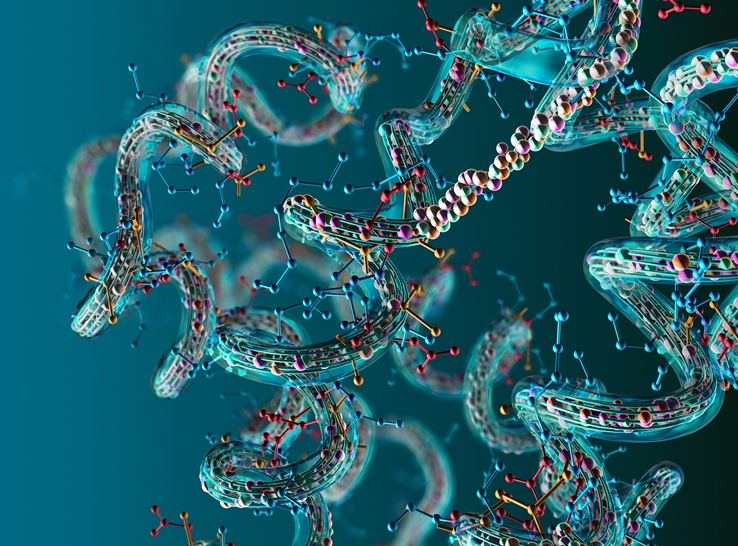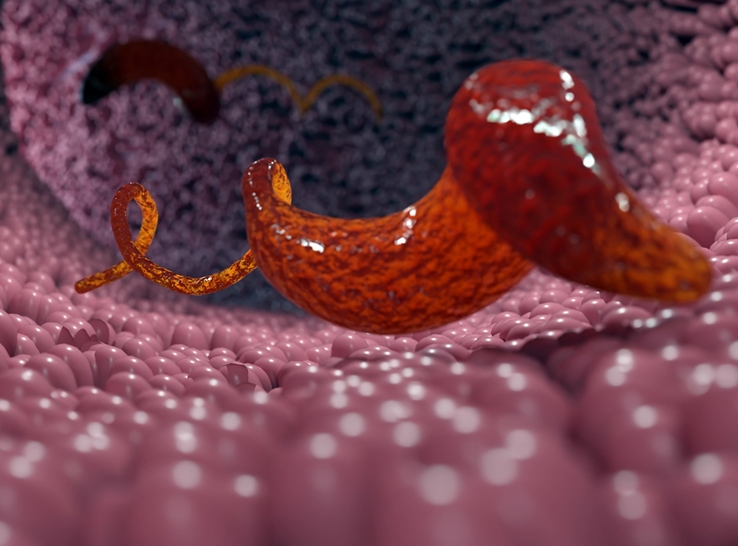A multistate salmonella outbreak in the US due to the consumption of contaminated turkey products spurred a joint effort between the Centers for Disease Control and the turkey industry to identify an untraditional serotype of Salmonella, S. enterica serotype Reading (S. Reading).
“Although vertical transmission of the novel S. Reading turkey clonal group from breeders to progeny was suspected, there was no direct evidence to prove it,” says Li Zhang, PhD, a professor at Mississippi State University’s School of Civil and Environmental Engineering.
To develop appropriate intervention strategies, it was critical for researchers to understand the potential of vertical transmission of S. Reading from breeders to progeny through fertile hatching eggs, Zhang adds.
Bioluminescence technology
Zhang and his team turned to bioluminescence technology — a highly effective, non-invasive tool that facilitates viewing bacteria colonization in internal organs and tracking their transmission following live-bird challenge.
This technology has several key advantages, he explains. For example, it provides quicker results than traditional culturing methods. Also, bioluminescence could require fewer birds than traditional live-bird challenge studies.
Study design
The project’s objective was two-fold:
- Identify the potential of bioluminescent S. Reading outbreak and non-outbreak strains to colonize the reproductive tissues of breeder hens following experimental infection, and
- Identify the strains’ potential to vertically transfer from hens through eggs.
At the beginning of the study, researchers made S. Reading outbreak and non-outbreak strains bioluminescent. In vitro and in vivo plasmid stability in the bioluminescent bacteria was over 7 days. Growth curves were similar between the parent and bioluminescent bacteria for both strains.
Next, the investigators challenged 32 broiler breeder hens intravaginally with S. Reading outbreak and non-outbreak strains. Ten of these hens were euthanized. To evaluate tissue colonization, the researchers collected ovary, oviduct and ceca samples from the euthanized turkeys and analyzed the samples on day 7 post-challenge.
Study results
Of the external egg surfaces that tested positive for S. Reading, 70.5% (36/51) tested positive for the outbreak strain and 34.5% (19/55) tested positive for the non-outbreak strain. Far fewer internal egg contents tested positive for this Salmonella serotype: 4% (2/50) for the outbreak strain and 1.8% (1/55) for the non-outbreak strain.
At least 20% of ovary, 70% of oviduct and 70% of ceca samples collected from the hens challenged with the outbreak and non-outbreak strains tested positive.
“These findings clearly show the ability of S. Reading to colonize reproductive tissues of breeder hens and vertically transfer to eggs,” Zhang says.
He concludes that bioluminescent technology can be used in poultry for real-time tracking and detecting the presence of bacteria.
Click here to view the research summary.
The research was funded by USPOULTRY and the USPOULTRY Foundation, thanks in part to Cargill.
Editor’s note: Content on Modern Poultry’s Industry Insights pages is provided and/or commissioned by our sponsors, who assume full responsibility for its accuracy and compliance.








